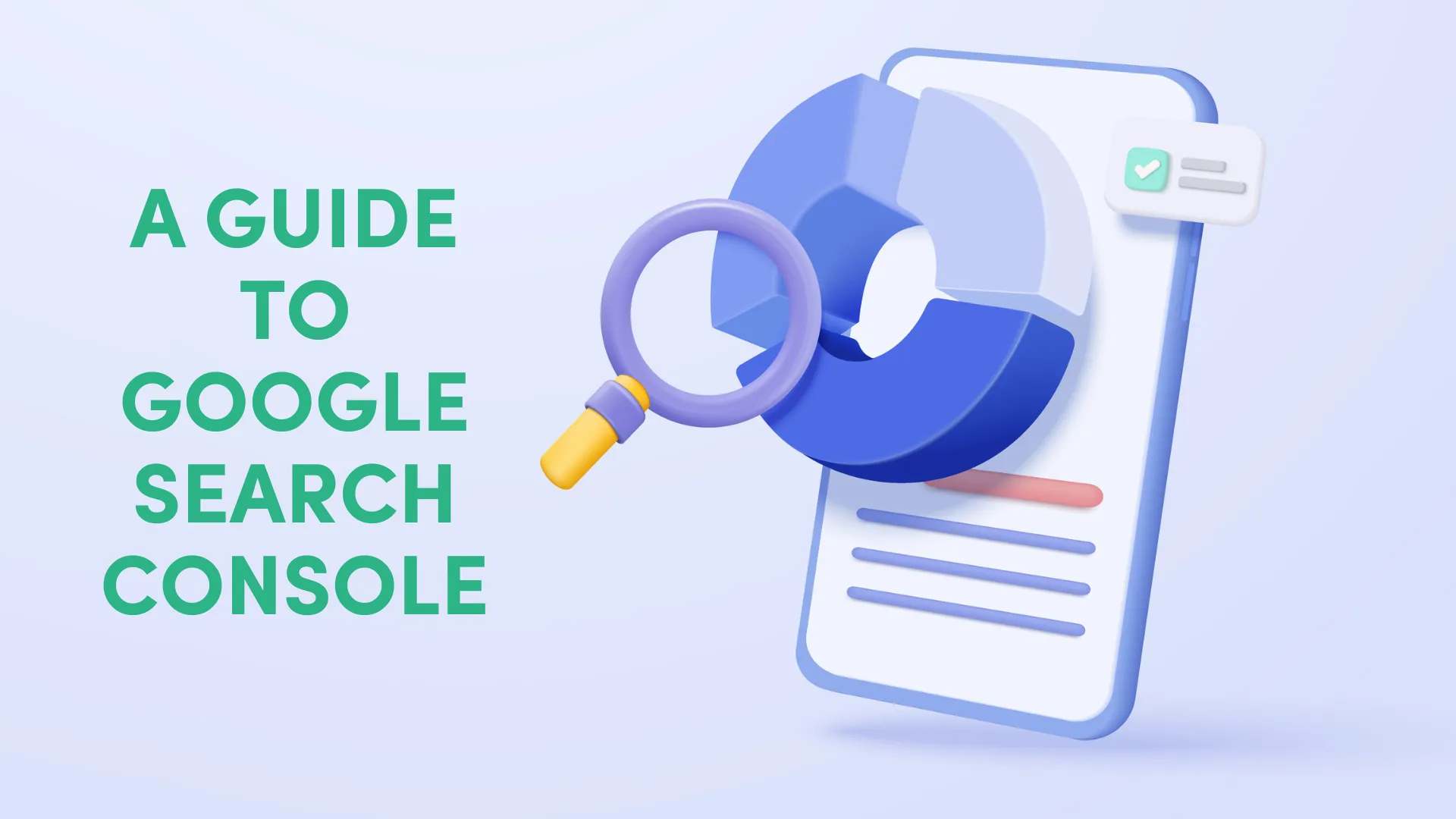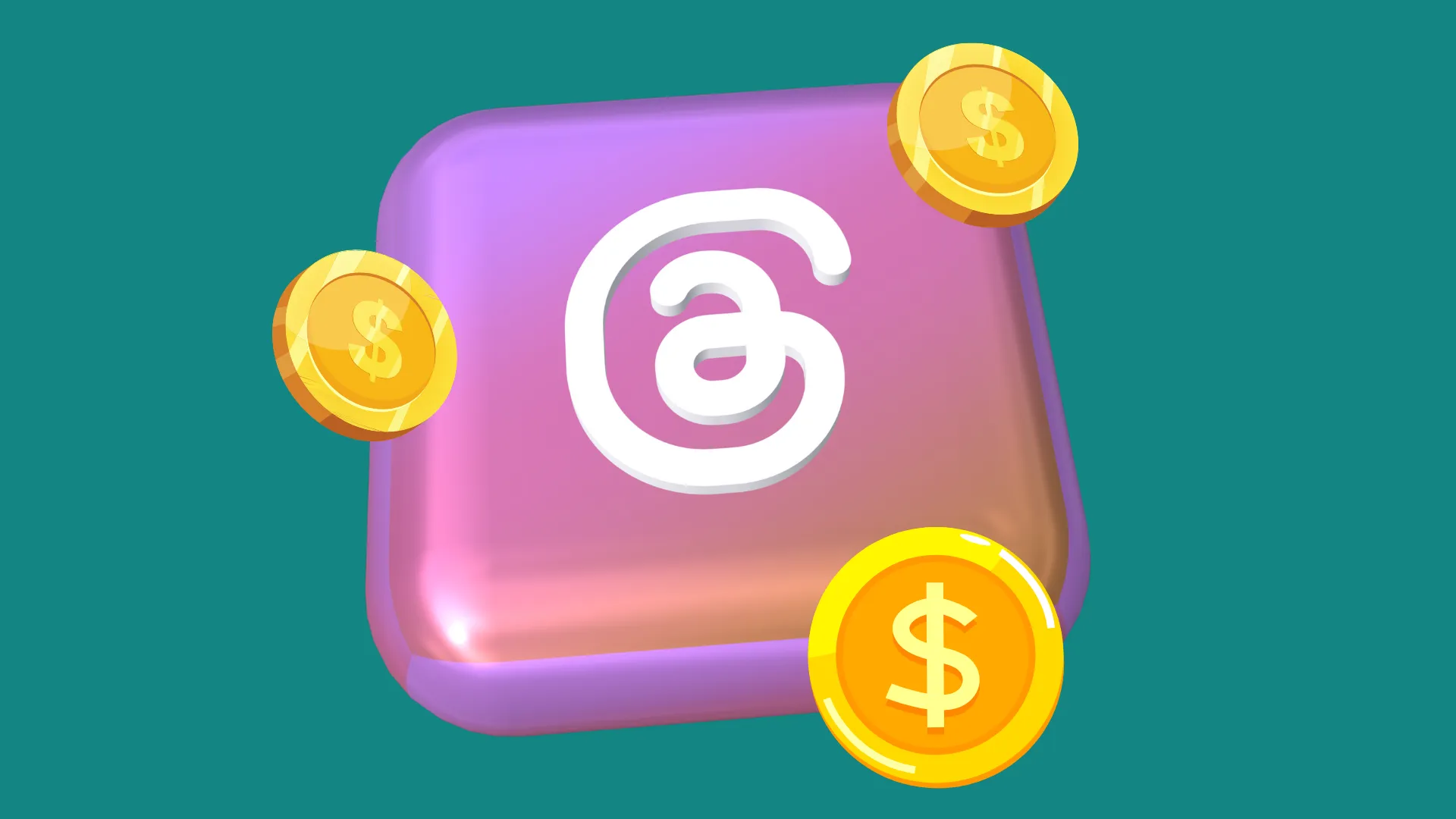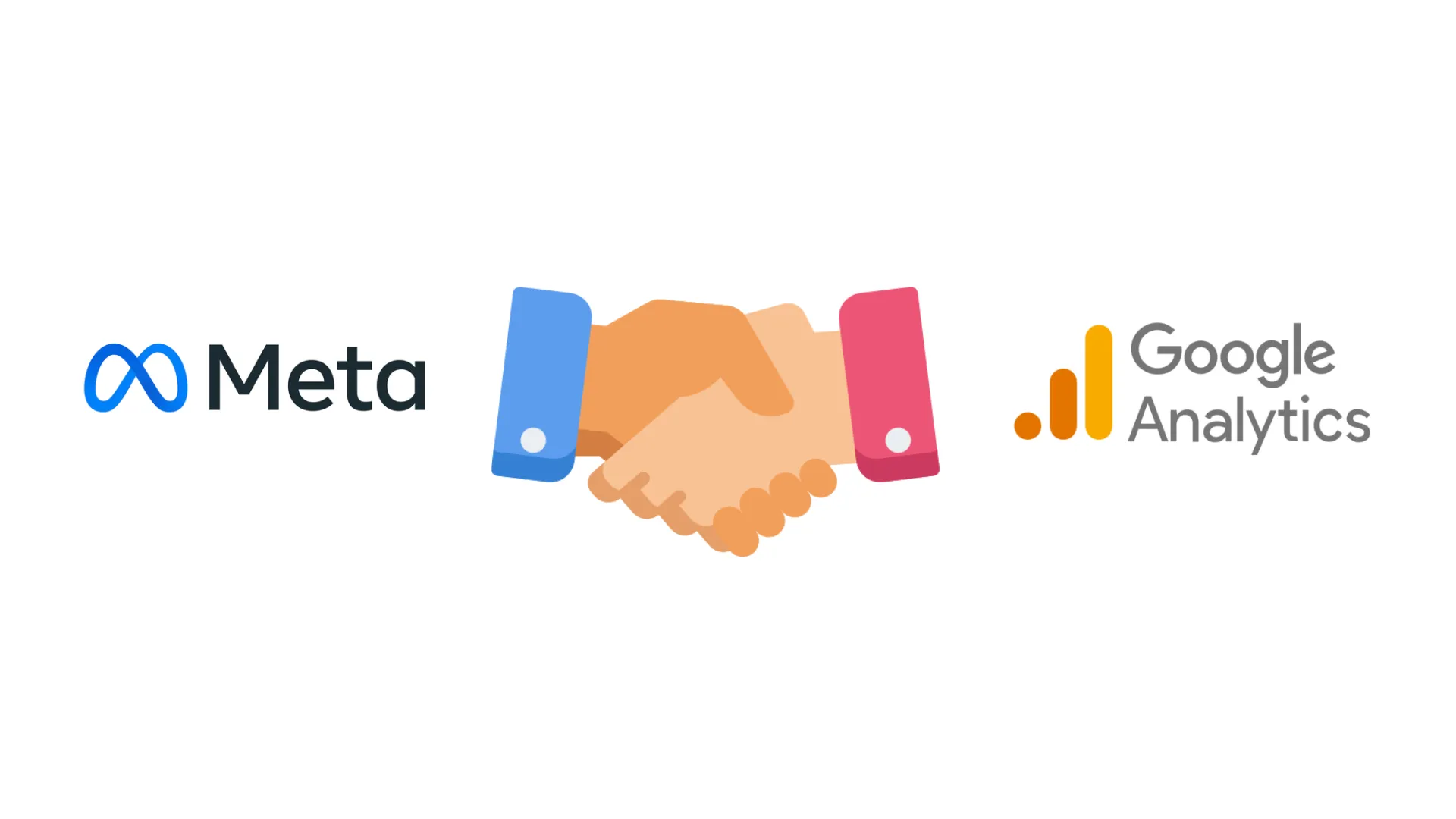A client of ours in the watersports game is heading into their quiet season as summer draws to a close. Quiet season = less sales. So, to generate hype we helped them launch a flash sale on products designed for storing gear during the winter months. These are items customers will soon need and get great use out of.
The result? A 20% increase in online sales and a doubled conversion rate. Even after the sale ended, customers have continued buying these specific products because it’s put them front of mind.
Moral of the story? With careful planning, a flash sale can be both profitable and impactful.
What is a Flash Sale?
A flash sale is a short-term, high-discount offer designed to create urgency and drive immediate sales. Typically lasting anywhere from a few hours to a few days, these sales encourage customers to act fast to snap up good deal. In fact, data from Shopify shows that flash sales can increase average order value by 35%.
However, they can also attract bargain hunters with little intention of becoming long-term customers – much like social media users who follow a brand during a giveaway and unfollow straight afterward.
When executed effectively, the benefits of a flash sale definitely outweigh the drawbacks.
How to Run a Successful Flash Sale
What separates a thriving flash sale from a disappointing one? Success lies in careful planning, a seamless customer experience and the right promotional strategy. Here are the key steps:
1. Define Clear Goals
Every flash sale should have a well-defined objective. Are you looking to acquire new customers, move excess inventory or boost brand awareness?
For customer acquisition, discount popular items to attract first-time buyers. If clearing stock is the goal, bundle slow-moving products with bestsellers. A clear strategy will help you choose the right products and pricing model for maximum return on investment.
2. Keep It Simple, Stupid (KISS)
This is where you need to remember the rule of KISS. Don’t make customers jump through hoops to take advantage of the sale. A convoluted process will only deter potential buyers. Ensure your discounts are straightforward and easy to understand.
3. Target the Right Audience
Think about what your customers need and when they need it. Our watersports client, for instance, targeted existing customers with a timely add-on product for winter storage – and it worked!
4. Create a Sense of Urgency
A successful flash sale relies on urgency. Use countdown timers on product pages and your homepage to encourage immediate action. Real-time stock alerts like “Only 3 left in stock” can further drive conversions.
5. Promote the Sh** Out of Your Sale
A great discount is meaningless if no one knows about it. Promote your flash sale across email, social media, SMS, and paid ads.
Email marketing is probably the most effective tool for flash sales. A high-performing campaign should include:
- A teaser email a few days before the sale
- A launch email announcing sale
- Reminder emails to sustain urgency
- A final call-to-action email before the sale ends
6. Nurture, nurture, nurture!
A flash sale should do more than generate quick revenue; it should build customer loyalty. The best way to do this is by following up with personalised post-sale engagement.
After the sale ends, send a ‘thank you’ email to show appreciation for their purchase. This is also a great opportunity to offer a special discount on their next order. Additionally, encourage reviews and user-generated content to strengthen social proof and attract future buyers.
Best Practices for Running A Flash Sale
Flash sales should leave customers with a positive perception of your brand. Consider the following:
Can my website handle high traffic?
Nothing kills momentum faster than a crashing website. Have you ever tried to buy tickets for a footy final or a concert? That’s a gripe for another day…
When traffic spikes, unprepared servers can lead to lost sales and frustrated customers. Work with your hosting provider to ensure your website can handle surges. Caching and lazy loading can also improve page load speeds during peak traffic.
Is my inventory system synced in real-time?
Overselling can damage your brand’s credibility. Ensure your inventory updates in real-time across all channels. If stock runs out, your system should mark it as “out of stock” immediately. To prevent bulk buyers from clearing inventory too quickly, set purchase limits per customer.
Is checkout fast and user-friendly?
Nearly 70% of online shoppers abandon their carts due to friction in the checkout process. Make checkout fast and intuitive by minimising steps, offering guest checkout and supporting multiple payment methods like Apple Pay and Google Pay.
By setting clear goals, creating urgency, optimising website performance, promoting effectively and streamlining checkout, you can run a highly profitable flash sale while keeping customers engaged and satisfied.

For years, SEO strategies have revolved around keywords. The approach was simple: identify the terms people were searching for, create pages that matched them and optimise around [...]

Email marketing may just be the most important element of your digital marketing strategy right now. In an age of endless digital channels, it’s easy to get [...]

If you’re new to Google Search Console (GSC), it might seem overwhelming at first. The dashboards, graphs and technical jargon can be intimidating. But once you get [...]

In a world where marketers battle for every second of audience attention, Labubu – a quirky character from Pop Mart’s “Monster” series - has done the seemingly [...]

Social media marketing is full of outdated advice, bad habits and half-truths that get repeated so often they start to sound like facts. But just because you’ve heard [...]

In our last article, we tackled a common misconception in digital advertising: Ads don’t fail because of the algorithm - they fail because of the offer. The [...]

We’ve seen it many times before. A campaign launches on Meta or Google. The creative looks schmick. The ad set enters the learning phase… and then, crickets. [...]

With the release of Google AI Overviews, we were left wondering what will become of Google Ads. If AI Overviews sit at the top of search results, [...]

For years, SEO strategies have revolved around keywords. The approach was simple: identify the terms people were searching for, create pages that matched them and optimise around [...]

After launching a small-scale test of ads on Threads in January (limited to select brands in the U.S. and Japan), Meta has now opened Threads ads to [...]

Email marketing may just be the most important element of your digital marketing strategy right now. In an age of endless digital channels, it’s easy to get [...]

If you’re new to Google Search Console (GSC), it might seem overwhelming at first. The dashboards, graphs and technical jargon can be intimidating. But once you get [...]

The integration we’ve been waiting for is finally here! Meta has introduced a groundbreaking connection with Google Analytics, enabling advertisers to link their Google Analytics properties to [...]

